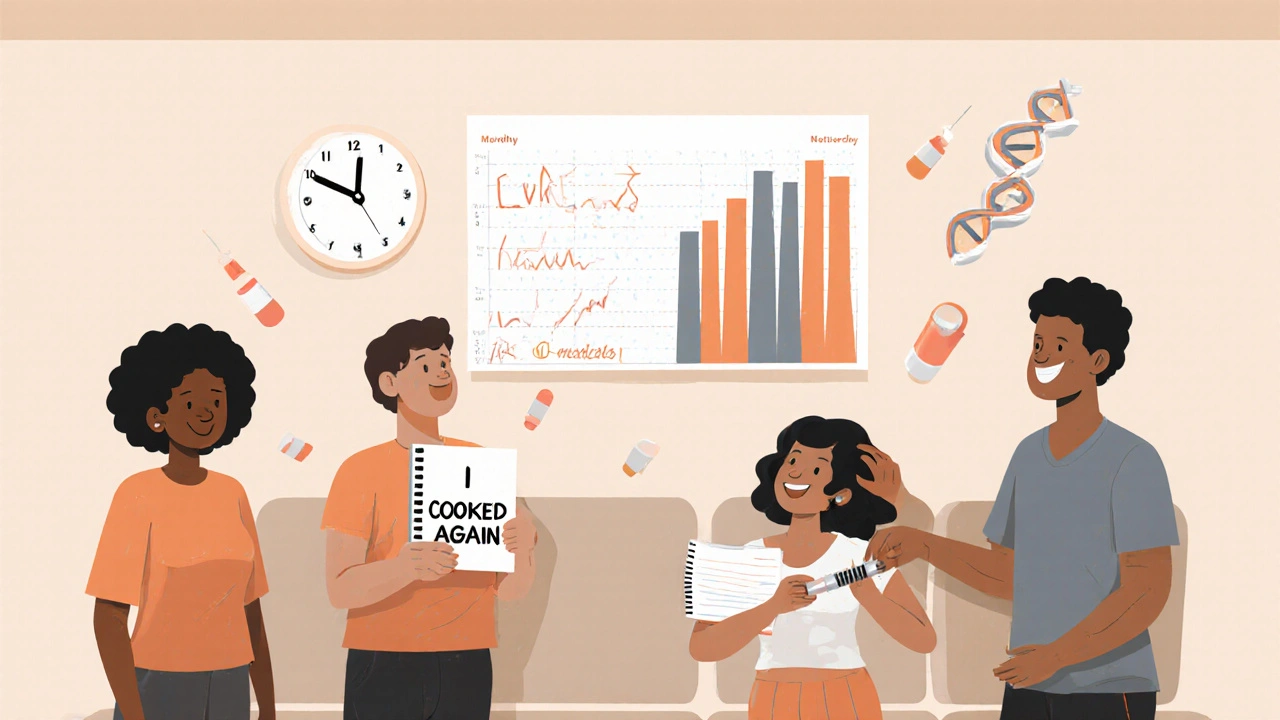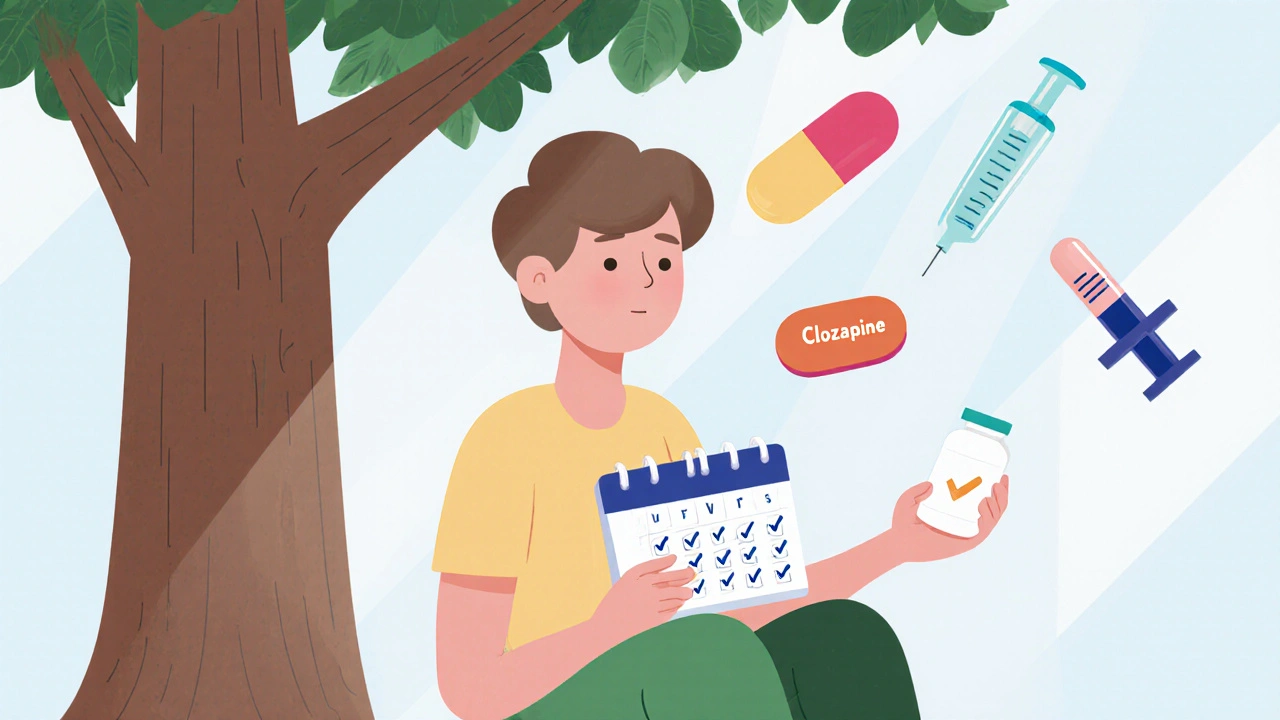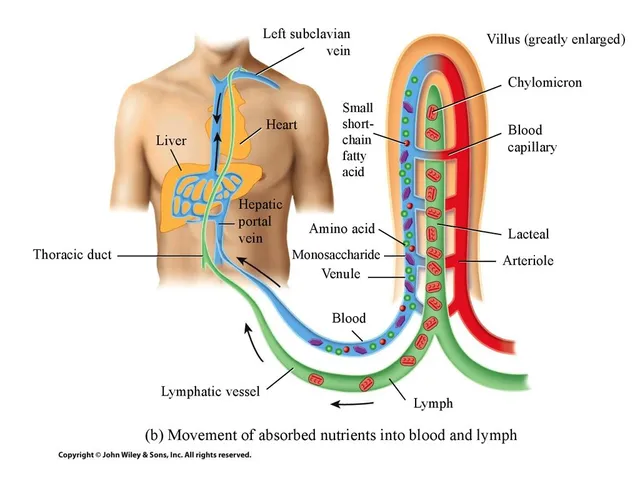When someone is diagnosed with schizophrenia, the first question most families ask is: What medication will help? The answer isn’t simple. Antipsychotic medications have been the backbone of treatment for over 70 years, but not all are the same. Some work better for certain people, some cause more weight gain, others trigger shaking or restlessness. Choosing the right one isn’t about picking the newest or most expensive drug-it’s about matching the person’s symptoms, body, and life.
Two Generations of Antipsychotics
There are two main types of antipsychotic drugs: first-generation (FGAs) and second-generation (SGAs), also called atypical antipsychotics. The first ones, like haloperidol and chlorpromazine, came out in the 1950s. They block dopamine in the brain, which helps reduce hallucinations and delusions. But they often cause serious side effects-muscle stiffness, tremors, and involuntary movements. About half of people taking them experience these movement problems, which can be disabling. The second-generation drugs, developed starting in the 1980s, were a game-changer. Clozapine, the first of these, was approved in 1990. Unlike older drugs, SGAs don’t just block dopamine. They also affect serotonin, which helps reduce side effects and improves how well they work for some symptoms. Today, nearly 85% of all antipsychotic prescriptions in the U.S. are for these newer drugs, according to IQVIA data from 2022.Why Atypical Antipsychotics Are First-Line
The American Psychiatric Association recommends atypical antipsychotics as the first choice for treating schizophrenia. Why? Because they’re better tolerated. People are more likely to stay on them long-term, which is critical-schizophrenia is a lifelong condition. Missing doses increases the risk of relapse by up to 70%. Common SGAs include:- Aripiprazole (Abilify)
- Olanzapine (Zyprexa)
- Quetiapine (Seroquel)
- Risperidone (Risperdal)
- Paliperidone (Invega)
- Clozapine (Clozaril)
Not All Drugs Are Equal
Many people assume all antipsychotics work the same. They don’t. A 10-year study of over 17,000 patients published in npj Schizophrenia in 2020 found clear differences in how long people stayed on each drug before stopping. Clozapine had the longest duration-over 16 months. Aripiprazole came next, at over 10 months. Haloperidol, a first-generation drug, lasted just under 4.5 months. That’s a huge difference in real-world effectiveness. Another study in JAMA Network Open (2023) showed that after 12 months, only 18% of people on aripiprazole had a relapse. For those on haloperidol, it was nearly 30%. That’s a 40% lower relapse risk with aripiprazole. And it’s not just about psychosis-these drugs also help with motivation, emotional flatness, and social withdrawal, which older antipsychotics barely touched.Clozapine: The Last Resort That Works
Clozapine is different. It’s not used first because it carries a rare but dangerous risk: agranulocytosis, a drop in white blood cells that can leave the body defenseless against infection. That’s why anyone taking clozapine must get weekly blood tests for the first six months, then every two weeks. The risk is 1-3%, but for those who’ve tried two or more other antipsychotics without success, clozapine cuts treatment resistance by 30-50%. Patients who’ve tried everything else often say the same thing: “It gave me my life back.” One patient on Mind.org.uk wrote, “After five failed meds, clozapine let me work again. The blood tests? Worth it.” But it’s not for everyone. Some can’t tolerate the side effects-excessive saliva, constipation, dizziness. And the monitoring system in the U.S., called the Clozapine REMS program, has made access harder for rural patients, with 12% reporting delays in getting prescriptions.
Side Effects: The Real Battle
The biggest reason people stop taking antipsychotics isn’t because they don’t work-it’s because of side effects. The National Alliance on Mental Illness found that 63% of patients quit their first antipsychotic within six months. Here’s how the most common drugs compare:- Weight gain: Clozapine (4.5 kg avg) > Olanzapine (4.2 kg) > Quetiapine (2.8 kg) > Risperidone (1.9 kg) > Aripiprazole (0.6 kg)
- Movement disorders: Risperidone (18.3%) > Olanzapine (9.7%) > Quetiapine (6.2%) > Aripiprazole (4.1%) > Clozapine (1.8%)
- Sedation: Quetiapine and olanzapine are the sleepiest. Aripiprazole and ziprasidone are the least.
Long-Acting Injections: A Lifeline for Adherence
Taking a pill every day sounds simple-until you’re feeling paranoid, overwhelmed, or just forgetful. That’s where long-acting injectables (LAIs) come in. These are shots given every 2 to 4 weeks that slowly release the medication. They’re not new, but their use is growing. In Europe, 30% of antipsychotic prescriptions are LAIs. In the U.S., it’s 25%. Paliperidone palmitate, a monthly injection, has been shown to reduce discontinuation rates by 22% compared to oral risperidone. One patient in Brisbane told me, “I used to hide my pills. Now I just get the shot at the clinic. I feel like I’m in control again.”What’s Coming Next
The field isn’t standing still. In 2023, the FDA approved lumateperone (Caplyta) for schizophrenia, with minimal weight gain and no movement side effects. Two new drugs in late-stage trials are showing promise: KarXT, which works through a completely different brain pathway (muscarinic receptors), and SEP-363856, which targets a receptor called TAAR1. Both are being tested for negative symptoms-things like lack of motivation and emotional flatness-that older drugs barely help. There’s also growing interest in personalized medicine. Testing for genetic variations in how your body processes drugs (like CYP2D6 and CYP1A2 enzymes) can reduce side effects by 37%, according to a 2022 study in the Pharmacogenomics Journal. That means your next antipsychotic might be chosen based on your DNA, not just trial and error.
Real Talk: What Patients Say
On Reddit’s r/Schizophrenia, over 1,200 users rated their meds. Aripiprazole scored 7.8 out of 10 for tolerability. Quetiapine? 6.2. Olanzapine? Just 4.1. Why? “Aripiprazole let me think clearly,” one user wrote. “Olanzapine made me feel like a zombie and I gained 15 kilos.” But it’s not just about side effects. Many say the biggest win is stability. “I didn’t realize how much I was losing until I got on the right med,” said another. “I started cooking again. I called my mom. I went back to school.”Getting It Right: The Process
Starting an antipsychotic isn’t a one-time decision. It’s a process:- Assess (2-4 weeks): What symptoms are most troubling? Hallucinations? Withdrawal? Disorganized thinking?
- Start low, go slow (4-8 weeks): Aripiprazole starts at 2-5mg. Olanzapine at 5-10mg. Increase slowly to avoid side effects.
- Monitor (every 3 months): Weight, blood sugar, cholesterol, movement. Blood tests for clozapine users every week for six months.
- Adjust or switch (3-6 months): If side effects are bad or symptoms aren’t improving, it’s time to try something else.
What If Nothing Works?
About 30% of people with schizophrenia don’t respond fully to any antipsychotic. That’s called treatment-resistant schizophrenia. For them, clozapine is the gold standard-if they can tolerate it. If clozapine doesn’t work, other options include electroconvulsive therapy (ECT), which helped 22% of non-responders in the OPTiMiSE trial. Newer treatments like digital therapeutics-apps that help with symptom tracking and coping skills-combined with medication have shown a 25% improvement in daily functioning. The path isn’t easy. But it’s not hopeless either. With the right medication, support, and patience, many people with schizophrenia live full, meaningful lives.What’s the difference between typical and atypical antipsychotics?
Typical antipsychotics (first-generation) mainly block dopamine D2 receptors and are more likely to cause movement disorders like tremors and stiffness. Atypical antipsychotics (second-generation) also affect serotonin receptors, which reduces movement side effects and often improves negative symptoms like apathy and social withdrawal. They’re preferred today because they’re better tolerated and more effective for a broader range of symptoms.
Why is clozapine only used as a last resort?
Clozapine is highly effective for treatment-resistant schizophrenia, but it carries a risk of agranulocytosis-a dangerous drop in white blood cells that can lead to life-threatening infections. Because of this, patients must get weekly blood tests for the first six months and then every two weeks. The monitoring system is strict, and the risk, while small (1-3%), makes it unsuitable as a first choice.
Which antipsychotic causes the least weight gain?
Aripiprazole and ziprasidone cause the least weight gain-on average less than 0.6 kg in the first six months. In contrast, clozapine and olanzapine can cause 4-5 kg of weight gain in the same period. Weight gain isn’t just about appetite-it’s metabolic, so monitoring blood sugar and cholesterol is essential.
Can I stop taking antipsychotics if I feel better?
Stopping medication without medical supervision greatly increases the risk of relapse-by up to 70%. Even if symptoms improve, the underlying condition remains. Doctors usually recommend continuing treatment for at least one to two years after the first episode, and often longer. If you want to reduce or stop, work with your doctor to do it slowly and safely.
Are long-acting injections better than pills?
For many people, yes. Long-acting injections (LAIs) ensure steady medication levels in the body and remove the need for daily pills. Studies show LAIs reduce relapse and hospitalization rates. Paliperidone palmitate, for example, has 22% lower discontinuation rates than oral risperidone. They’re especially helpful for those who struggle with adherence due to forgetfulness, paranoia, or lack of insight.
How long does it take for antipsychotics to work?
Some symptoms, like agitation or hallucinations, may improve within days to weeks. But full benefits-especially for motivation, emotional expression, and thinking clearly-can take 6 to 12 weeks. It’s important to be patient and not switch medications too soon. Dose adjustments and side effect management often take several months to fine-tune.
Do antipsychotics cure schizophrenia?
No, antipsychotics don’t cure schizophrenia. They manage symptoms and reduce the risk of relapse. Schizophrenia is a chronic condition, and most people need ongoing treatment. However, with the right medication, therapy, and support, many people live independently, work, and maintain relationships. Treatment is about managing the illness, not eliminating it.







Deepak Mishra
November 15, 2025 AT 09:30David Rooksby
November 17, 2025 AT 05:05John Mwalwala
November 19, 2025 AT 04:13Diane Tomaszewski
November 19, 2025 AT 19:43Teresa Smith
November 20, 2025 AT 21:09Rachel Wusowicz
November 22, 2025 AT 11:13Melanie Taylor
November 24, 2025 AT 07:23Dan Angles
November 25, 2025 AT 06:07